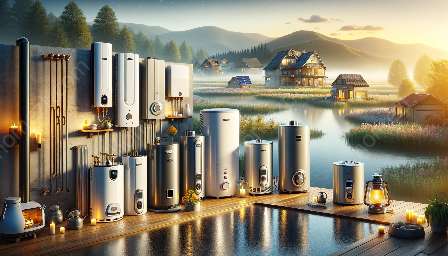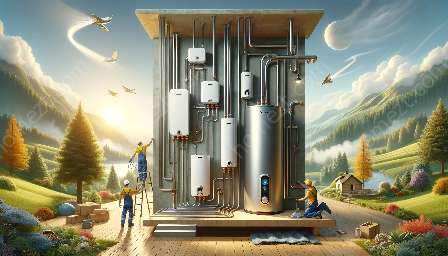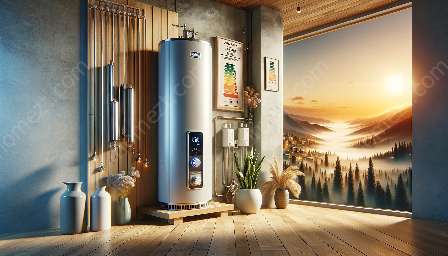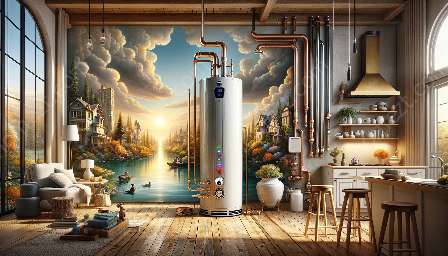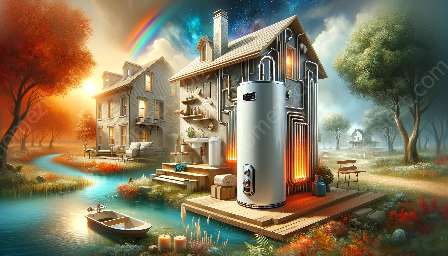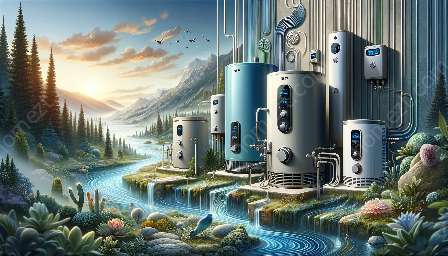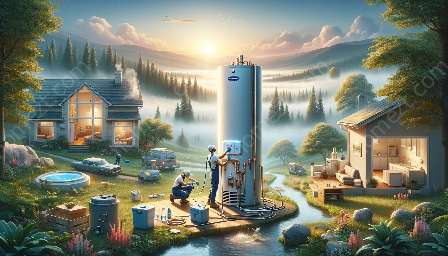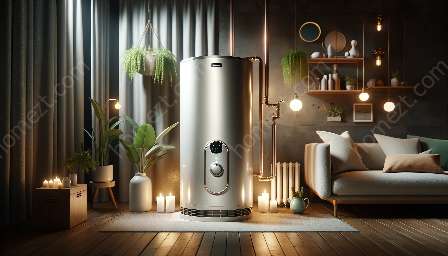Water heaters are essential appliances in our homes, providing hot water for various purposes. However, they can encounter problems that disrupt their function, leading to inconvenience and potential damage. It's important to understand common water heater issues and how to troubleshoot them effectively.
Common Water Heater Problems
Understanding the common issues that can arise with water heaters can help homeowners identify and resolve problems promptly. Some of the most frequent water heater problems include:
- Leaking Tank: A leaking tank is a serious issue that requires immediate attention. Leaks can be caused by a variety of factors, including corrosion, high water pressure, or faulty temperature and pressure relief valves.
- No Hot Water: A lack of hot water can be caused by a malfunctioning heating element, a faulty thermostat, or a buildup of sediment in the tank.
- Strange Noises: Loud banging, popping, or rumbling noises from the water heater indicate sediment buildup or a faulty heating element.
- Low Water Pressure: Reduced water pressure can be a sign of mineral accumulation in the water lines or a failing pressure reducing valve.
- Discolored Water: Rusty or discolored water coming from the hot water taps indicates corrosion inside the water heater tank.
- Foul Odor: A rotten egg smell in the hot water is often caused by the presence of hydrogen sulfide gas, typically due to reactions with the anode rod or bacterial growth.
Troubleshooting Steps
When encountering water heater problems, it's essential to troubleshoot effectively to determine the root cause and implement the necessary fixes. Here are steps to troubleshoot common water heater problems:
- Check for Leaks: Inspect the water heater and surrounding areas for any signs of leaks. Address any leaking or dripping immediately to prevent water damage.
- Test the Heating Elements: If there's no hot water, test the heating elements using a multimeter to ensure they are functioning properly.
- Flush the Tank: Sediment buildup in the tank can cause various issues. Flushing the tank can help remove accumulated sediment and improve water heater performance.
- Adjust the Thermostat: Ensure that the thermostat is set to the appropriate temperature and adjust it as needed.
- Inspect the Anode Rod: A deteriorated anode rod can lead to rust and corrosion inside the tank. Check the condition of the anode rod and replace if necessary.
- Check the Pressure Relief Valve: Test the temperature and pressure relief valve to ensure it is functioning correctly and release any excess pressure.
Maintenance and Prevention
Preventive maintenance is crucial for extending the life of water heaters and minimizing the occurrence of problems. Some important maintenance tasks include:
- Regular Flushing: Periodically flushing the tank to remove sediment and debris can help maintain optimal performance.
- Anode Rod Replacement: Checking and replacing the anode rod as needed can prevent tank corrosion.
- Inspecting the Pressure Valve: Testing the pressure relief valve to ensure it operates correctly and replacing it if it malfunctions.
- Checking for Leaks: Regularly inspecting the tank and connections for signs of leaks is essential for preventing water damage.
- Professional Maintenance: Schedule annual maintenance by a qualified technician to inspect and service the water heater for safety and efficiency.
Conclusion
Water heater problems can disrupt daily routines and cause damage if not promptly addressed. By understanding common water heater issues and implementing effective troubleshooting and maintenance practices, homeowners can ensure their water heaters function reliably and efficiently.

